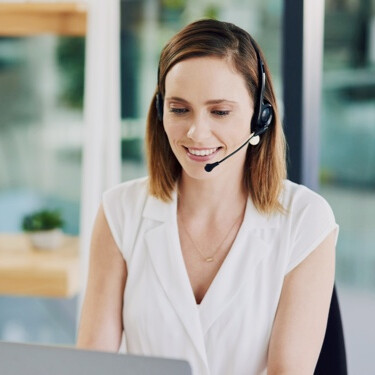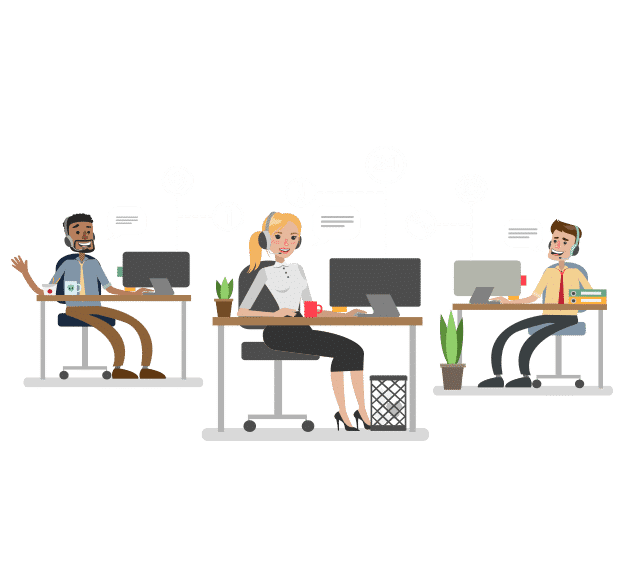All Categories
Featured
Table of Contents
- – When Are The Best How To Call Forward To An Ans...
- – Who Has The Best How To Start An Answering Ser...
- – What Are The Highest Rated What To Look For In...
- – What Is The Best Call Service: 24/7 Live Phon...
- – What Is The Best Top Answering Service In Aus...
- – What Is The Best Telephone Answering Service...
When Are The Best How To Call Forward To An Answering Service Deals
This device and its successors were designed by Sava Jacobson, an electrical engineer with a personal consulting service. While early voice mail utilized magnetic tape innovation, most modern-day equipment utilizes solid state memory storage; some gadgets utilize a mix of both, with a solid-state circuit for the outbound message and a cassette for the inbound messages.
"toll conserving" below) (answering service). This is helpful if the owner is evaluating calls and does not want to talk with all callers. In any case after going, the calling celebration must be informed about the call having actually been answered (in many cases this begins the charging), either by some remark of the operator, or by some greeting message of the little bit, or addressed to non-human callers (e.
This holds specifically for the TADs with digitally stored welcoming messages or for earlier machines (prior to the increase of microcassettes) with an unique unlimited loop tape, different from a second cassette, dedicated to recording. There have actually been answer-only gadgets with no recording capabilities, where the welcoming message needed to notify callers of a state of current unattainability, or e (reception services).
Who Has The Best How To Start An Answering Service Business Service?

about availability hours. In tape-recording Little bits the welcoming typically contains an invite to leave a message "after the beep". A voice mail that utilizes a microcassette to record messages On a dual-cassette answerphone, there is an outgoing cassette, which after the specified number of rings plays a pre-recorded message to the caller.

Single-cassette voice mail contain the outgoing message at the beginning of the tape and incoming messages on the remaining area. They initially play the announcement, then fast-forward to the next available space for recording, then tape the caller's message. If there are many previous messages, fast-forwarding through them can trigger a significant delay.
This beep is typically described in the greeting message, asking for that the caller leave a message "after the beep". TADs with digital storage for the taped messages do not show this hold-up, obviously. A little bit might use a remote control center, whereby the answerphone owner can call the house number and, by getting in a code on the remote telephone's keypad, can listen to recorded messages, or delete them, even when far from house.
What Are The Highest Rated What To Look For In A Phone Answering Service For Your ...?

Thereby the device increases the number of rings after which it answers the call (usually by two, resulting in four rings), if no unread messages are currently kept, but answers after the set number of rings (normally 2) if there are unread messages. This permits the owner to discover whether there are messages waiting; if there are none, the owner can hang up the phone on the, e.
Some devices likewise enable themselves to be remotely triggered, if they have been turned off, by calling and letting the phone ring a particular large number of times (typically 10-15). Some provider abandon calls currently after a smaller sized number of rings, making remote activation impossible. In the early days of Little bits an unique transmitter for DTMF tones (dual-tone multi-frequency signalling) was regionally needed for push-button control, since the previously employed pulse dialling is not apt to communicate appropriate signalling along an active connection, and the dual-tone multi-frequency signalling was implemented step-by-step.
Any incoming call is not identifiable with regard to these homes in advance of going "off hook" by the terminal devices. So after going off hook the calls need to be switched to proper devices and just the voice-type is immediately accessible to a human, but maybe, nonetheless ought to be routed to a TAD (e.
What Is The Best Call Service: 24/7 Live Phone Answering Services For Small ... Deal Right Now
What if I informed you that you do not have to really pick up your gadget when responding to a customer call? Somebody else will. So hassle-free, right? Addressing telephone call doesn't need someone to be on the other end of the line. Effective automated phone systems can do the trick simply as effectively as a live representative and in some cases even better.
An automatic answering service or interactive voice action system is a phone system that interacts with callers without a live individual on the line - professional phone answering service. When companies use this innovation, customers can get the response to a question about your company just by utilizing interactions set up on a pre-programmed call circulation.
Although live operators upgrade the client service experience, many calls do not require human interaction. A basic recorded message or instructions on how a client can obtain a piece of details typically resolves a caller's immediate need - virtual answering service. Automated answering services are a basic and reliable method to direct inbound calls to the best individual.
What Is The Best Top Answering Service In Australia - 2023 Reviews Out Right Now
Notification that when you call a company, either for support or product questions, the first thing you will hear is a pre-recorded voice greeting and a series of options like press 1 for client service, press 2 for inquiries, and so on. The pre-recorded choices branch off to other options depending on the customer's selection.
The phone tree system helps direct callers to the ideal individual or department using the keypad on a mobile phone. In some circumstances, callers can use their voices. It's worth noting that auto-attendant alternatives aren't restricted to the 10 numbers on a phone's keypad. When the caller has picked their very first alternative, you can develop a multi-level auto-attendant that uses sub-menus to direct the caller to the right sort of support.
The caller does not have to communicate with an individual if the auto-attendant phone system can handle their issue. The automated service can path callers to an employee if they reach a "dead end" and require support from a live agent. It is costly to employ an operator or executive assistant.
What Is The Best Telephone Answering Service: What It Is And Why It Isn't Enough App?
Automated answering services, on the other hand, are considerably more economical and provide substantial cost savings at an average of $200-$420/month. Even if you do not have devoted personnel to handle call routing and management, an automatic answering service improves efficiency by enabling your group to concentrate on their strengths so they can more effectively spend their time on the phone.
A sales lead routed to customer service is a lost shot. If a consumer who has item questions reaches the wrong department or gets incomplete responses from well-meaning employees who are less trained to deal with a particular type of question, it can be a reason for aggravation and discontentment. An automated answering system can lessen the number of misrouted calls, thereby helping your workers make much better usage of their phone time while maximizing time in their calendar for other jobs.
With Automated Answering Systems, you can develop an individualized experience for both your staff and your callers. Make a recording of your main welcoming, and simply upgrade it regularly to reflect what is going on in your company. You can develop as numerous departments or menu alternatives as you desire.
Table of Contents
- – When Are The Best How To Call Forward To An Ans...
- – Who Has The Best How To Start An Answering Ser...
- – What Are The Highest Rated What To Look For In...
- – What Is The Best Call Service: 24/7 Live Phon...
- – What Is The Best Top Answering Service In Aus...
- – What Is The Best Telephone Answering Service...
Latest Posts
Top Virtual Receptionist Service
Outsourced Receptionist Service
Best Hipaa Compliant Virtual Receptionist
More
Latest Posts
Top Virtual Receptionist Service
Outsourced Receptionist Service
Best Hipaa Compliant Virtual Receptionist